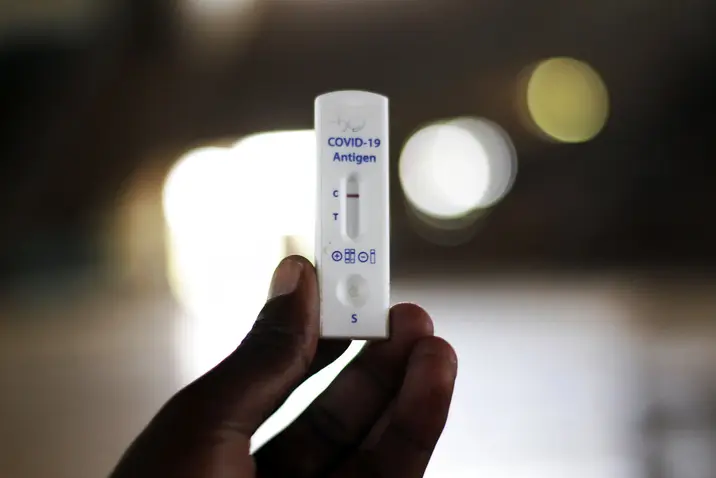T4K3.news
Public health warns hydration guidance can backfire
A personal account shows how overhydration can cause hyponatremia and why thirst should guide hydration.

A personal account shows how hydration myths can lead to dangerous overdrinking and hyponatremia.
Too much water can harm you during exercise
The piece recounts a personal journey with hyponatremia after overdrinking water during training. The author describes how public health warnings about dehydration pushed them to drink several liters daily, which led to dangerously low sodium levels. Experts explain that the body’s balance of water and salt is delicate, especially during exercise when sweating and heat play a role.
Doctors emphasize that hyponatremia can mimic dehydration in its early signs, making it easy to overlook. In severe cases, brain swelling can occur and be life threatening. The story notes that endurance athletes and military personnel have provided much of what is known about the condition, but it can strike otherwise healthy people too. Sports drinks are not a cure-all; they contain sodium but are not a reliable fix when overused. The takeaway is simple: drink to thirst and eat salt, rather than chasing a universal rule.
Key Takeaways
"Thirst is a biological mechanism that's been conserved for 700 million years."
Tamara Hew-Butler explains why thirst should guide intake.
"Hydration is an experiment of one."
Hew-Butler on the variability of individual needs.
"Stop drinking water when thirst returns."
Advice given when hyponatremia is suspected.
"Public health messaging must warn against overhydration as much as dehydration."
Policy-level call for nuanced guidance.
Public health guidance often aims to prevent dehydration, but this piece argues that it can inadvertently encourage overhydration. The risk is higher in hot weather and for people who push themselves physically, such as runners and gardeners, because thirst cues may be delayed or ignored. Policy makers should craft messaging that acknowledges both dangers and offers practical, individualized advice rather than one size fits all rules. With climate change likely to bring more extreme heat, the article urges officials to anticipate a broader range of hydration needs and to rethink water and sports drink stations at events.
Beyond medical facts, the piece raises questions about who is most at risk—by body size, sex, or preexisting conditions—and how to tailor guidance so it doesn’t scare casual exercisers into harmful behavior. It also invites athletes and organizers to view hydration as a personal, context dependent practice rather than a universal prescription.
Highlights
- Thirst is a biological cue that has served humans for 700 million years
- Hydration is an experiment of one
- Stop drinking water when thirst returns
- Public health messaging must warn against overhydration as much as dehydration
Public health guidance must address overhydration risks
The piece shows that dehydration warnings can push people to overdrink, sometimes with dangerous results. It calls for nuanced guidance for athletes and everyday exercisers and for event organizers to rethink water stations.
Hydration is personal and health is lived in the moment.
Enjoyed this? Let your friends know!
Related News

Weight loss jabs missteps may limit results

Fans may worsen heat risk when dehydrated

Heatwave warning for patients on common meds in the UK

Hydration warning linked to hyponatremia

Sun safety story

Cooling guidance under heat risk

Heat guidance update

COVID-19 levels in Bay Area exceed winter peak
